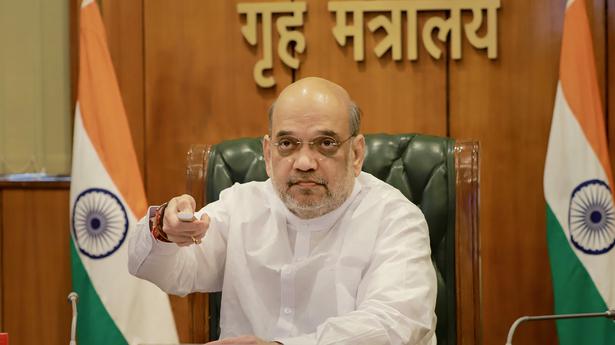With inflation averaging at more than 6% through 2022 and interest rates rising, there is an economic rationale for returns on small savings instruments such as the Public Provident Fund (PPF) to be raised for the first quarter of 2023, but the government may opt to maintain status quo to keep its own borrowing costs in check.
The Finance Ministry, slated to announce rates for January to March 2023 on Friday, had effected minor hikes of 0.1% to 0.3% on five out of a dozen small savings instruments for the current quarter. While this was the first hike since January 2019, the returns on several schemes such as the popular PPF were left untouched.
As per Reserve Bank of India calculations, the rates on these schemes, based on a formula linked to the yields on government securities (G-secs), are 44 to 77 basis points (bps) below their formula-implied rates. One bp equals 0.01%. As per the formula, the PPF return should have been set at 7.72% instead of the present 7.1% and rates on nine of the dozen schemes were 55 bps to 77bps lower than the formula-linked rate.
Bank of Baroda chief economist Madan Sabnavis said it is important to protect the vulnerable, low-income groups and senior citizens who park their savings in these schemes from the impact of high inflation, and it would be ideal to follow the formula-based rates.
However, the government may choose not to tinker with the rates. “Last time, the small savings rates were raised marginally and only on select schemes,” he pointed out.
“The government may want to protect its own interest payment bill as higher small savings rates would mean higher costs. However, as there is a formula-based system in place, the government shouldn’t be thinking of costs alone,” he told The Hindu.
With the Centre’s market borrowing plans held at the same level despite a higher spending outlay (spelled out in the recent supplementary demand for grants), the government can tap the National Small Savings Fund but ideally at a higher cost, Mr. Sabnavis pointed out.








